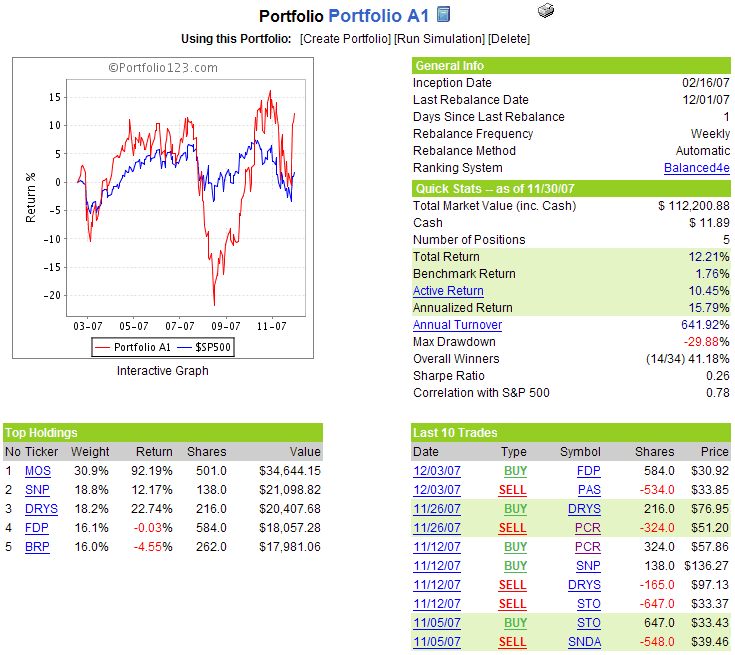During the week, I chronicled The Incredible Shrinking VIX, which addressed the issue of volatility falling in a market that was going mostly sideways to down. By the end of the week, the VIX was down 4.80 points or 20.6% from the previous week, to 18.47 – a level not seen since the beginning of November.
The interesting part of the week is that the SPX had a modest gain of 16.51 (1.1%), so that very little of the move in the VIX (perhaps 1.25 of those 4.80 points) can be attributed to a rise in the SPX. The rest? Some of it certainly comes from a seasonal pattern of historically low volatility around the holidays (see the CXO Advisory Group on U.S. Stock Returns Around the Year-End Holidays), but a considerable account is still unaccounted for. It looks like it may take the unfolding of events in 2008 to explain the shrinking VIX anomaly.
On the VWSI front, the shrinking VIX contributed to a new elevated VWSI reading of +6, suggesting that the VIX should be close to bottoming. Ironically, the VIX is up this morning, and so are the markets…
As is my weekly custom, for a survey of the best in current thinking about the markets, Barry Ritholtz at The Big Picture sums up the week that was and the week that will be in his Christmas Linkfest.
Finally, good news for those who are content to sit on the sidelines and wait for a more compelling market signal before committing to a specific direction, PowerShares is launching three new Buy-Write ETFs:
- PowerShares DJIA BuyWrite Portfolio (PGB)
- PowerShares S&P 500 BuyWrite Portfolio (PBP)
- PowerShares NASDAQ-100 BuyWrite Portfolio (PWBW)
These join old standbys
MCN,
BEP and
BWV in the
buy-write stable.
(Note that in the above temperature gauge, the "bullish" and "bearish" labels apply to the VIX, not to the broader markets, which are usually negatively correlated with the VIX.)
Wine pairing: For a VWSI of +6 I favor a semillon. This often overlooked varietal tag teams with sauvignon blanc to form the white wines of Bordeaux, otherwise known as Graves. The thin skinned semillon grape is particularly susceptible to the Botrytis fungus, which means that semillon is also the primary grape used in the classic dessert wine known as Sauternes.
In the New World, semillon has gained a strong foothold in Australia, where it is frequently blended with chardonnay and sauvignon blanc, but also sold on its own. Last I checked, Peter Lehmann Wines produces four different semillons, with the Barossa Valley one of the most widely distributed in the US. Skipping a little to the east, just this evening I had an excellent 2002 Alpha Domus semillon from New Zealand, but the Kiwis have yet to show the same enthusiasm for semillon that they have for sauvignon blanc. Still, the Alpha Domus effort proves that the potential is there.
It is harder to pick a particular US producer that has built a reputation for semillon, but one to keep an eye on is L'Ecole Nº 41, from the Walla Walla, Washington area. This is, by a considerable margin, my favorite non-French semillion tasted in the past 25 years, a mineraly stunner that may have you rethinking how often you should be drinking this varietal.
For more information on semillon, StarChefs.com has a good discussion of the varietal, along with a handful of recommended producers in Australia and South Africa.

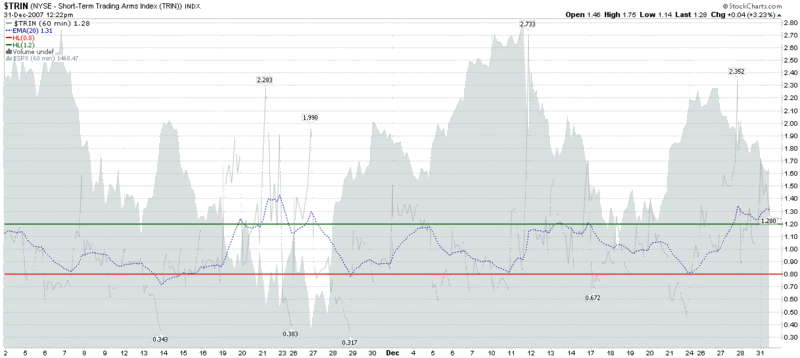
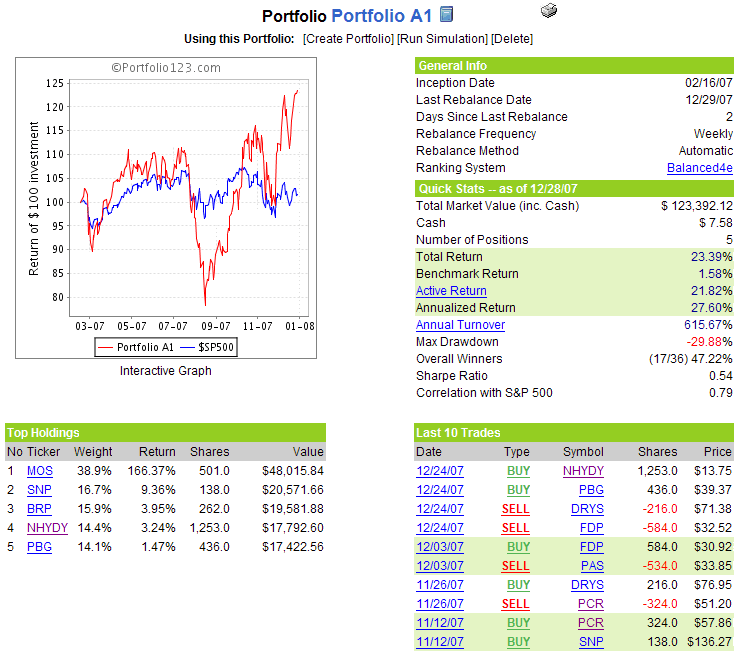
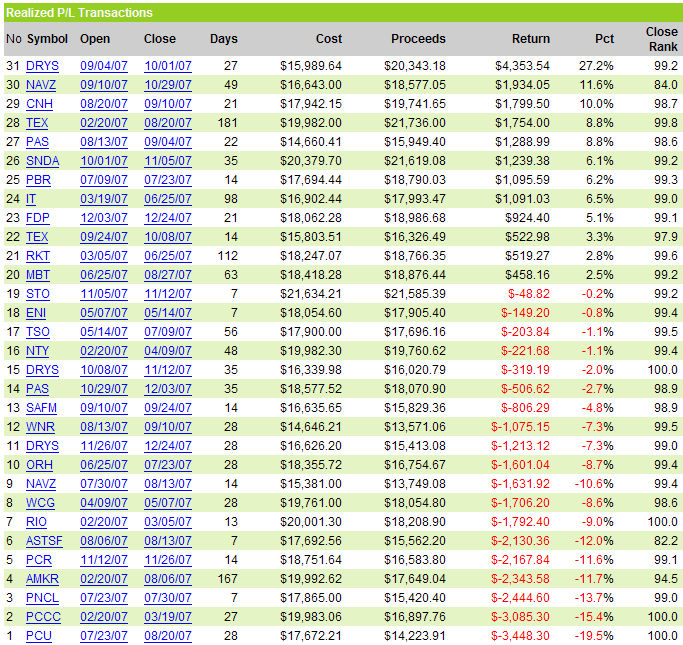

 Conventional wisdom – which usually strikes me as something like 95% convention and 5% ‘wisdom’ – holds that returns on technology stocks and energy stocks are largely a function of the business cycle.
Conventional wisdom – which usually strikes me as something like 95% convention and 5% ‘wisdom’ – holds that returns on technology stocks and energy stocks are largely a function of the business cycle.
 I don't talk much about my trading and investing background, but suffice it to say that I have been an active investor for 25 years, have traded all sorts of options for 10 years, have accounts with about a dozen financial institutions, some of which carry what I consider to be significant balances, etc. On top of that, the options commissions alone that I generate are quite substantial.
I don't talk much about my trading and investing background, but suffice it to say that I have been an active investor for 25 years, have traded all sorts of options for 10 years, have accounts with about a dozen financial institutions, some of which carry what I consider to be significant balances, etc. On top of that, the options commissions alone that I generate are quite substantial. One of the advantages of living in
One of the advantages of living in 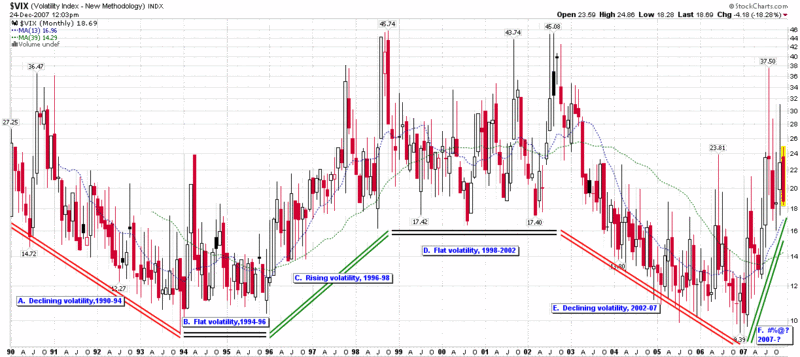
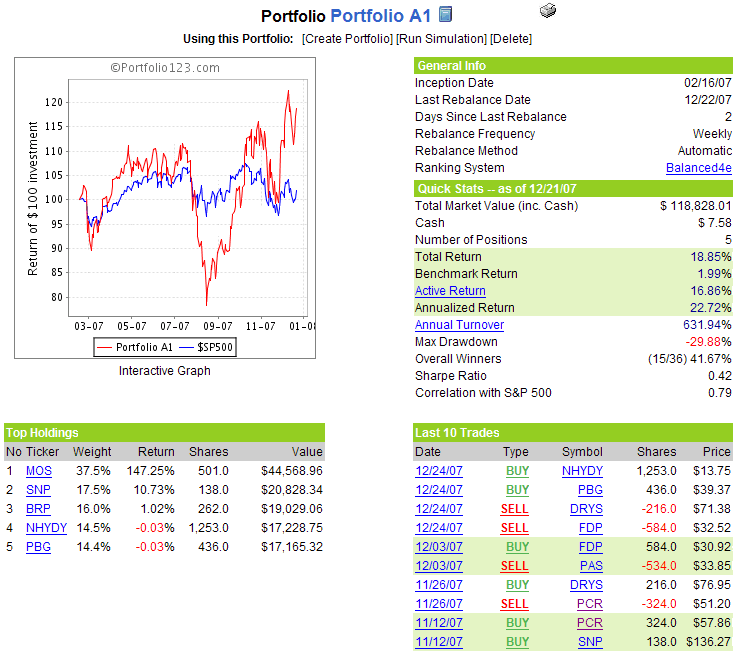

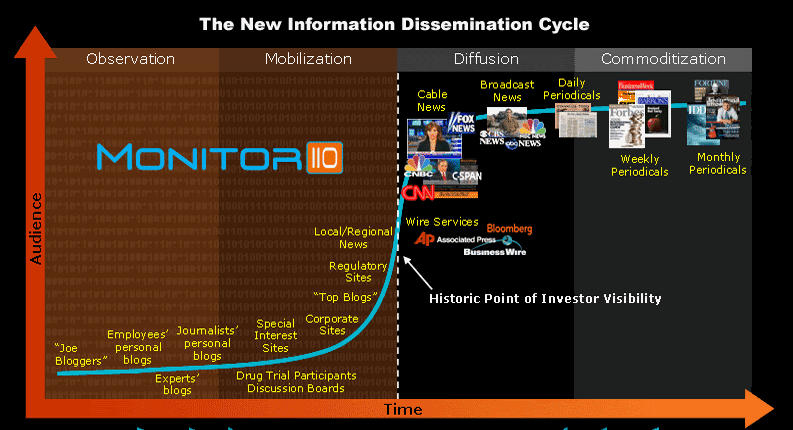
 Santa Claus didn’t quite deliver the expected rally this year, but at least we got the incredible shrinking VIX.
Santa Claus didn’t quite deliver the expected rally this year, but at least we got the incredible shrinking VIX.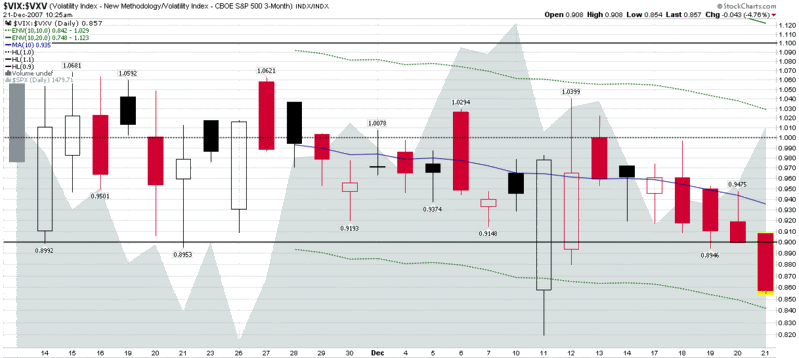
 I’m reasonably sure that whatever I write here will be obsolete in the ten minutes that it takes me to post it, but I feel compelled to comment about
I’m reasonably sure that whatever I write here will be obsolete in the ten minutes that it takes me to post it, but I feel compelled to comment about 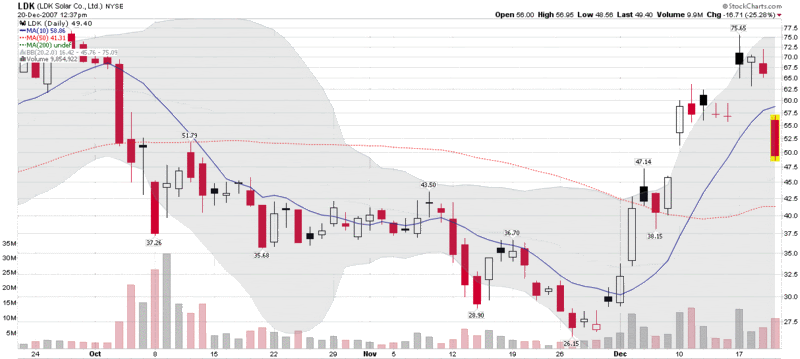
 We may be stuck in a holiday time warp, but I find the lack of fear in the VIX to be more than a little surprising, particularly given the spate of gloomy headlines.
We may be stuck in a holiday time warp, but I find the lack of fear in the VIX to be more than a little surprising, particularly given the spate of gloomy headlines.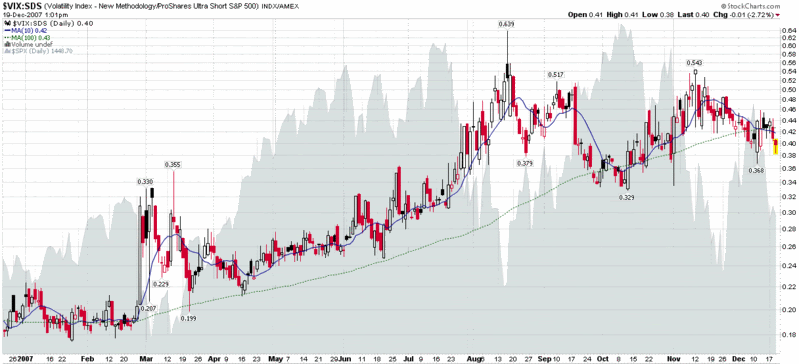
 I am beginning to believe that to some extent, this blog may be carrying the seeds of its own destruction.
I am beginning to believe that to some extent, this blog may be carrying the seeds of its own destruction.
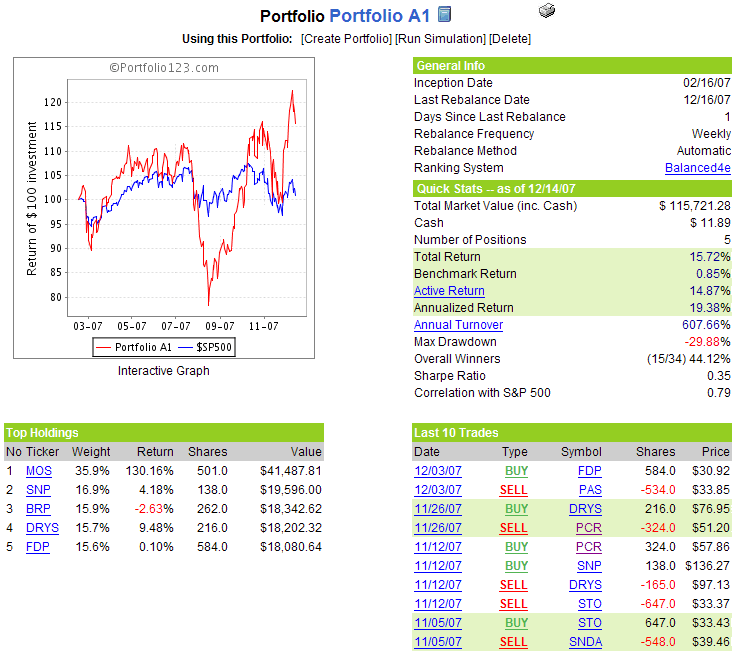
 A month ago, in
A month ago, in 

 It has been a crazy few weeks of trading – and one of my most profitable stretches in at least a year – so I recently decided to reward myself with a couple of early holiday presents, as I am a firm believer that the lone wolf trader needs more carrots than sticks in order to achieve superior performance.
It has been a crazy few weeks of trading – and one of my most profitable stretches in at least a year – so I recently decided to reward myself with a couple of early holiday presents, as I am a firm believer that the lone wolf trader needs more carrots than sticks in order to achieve superior performance. 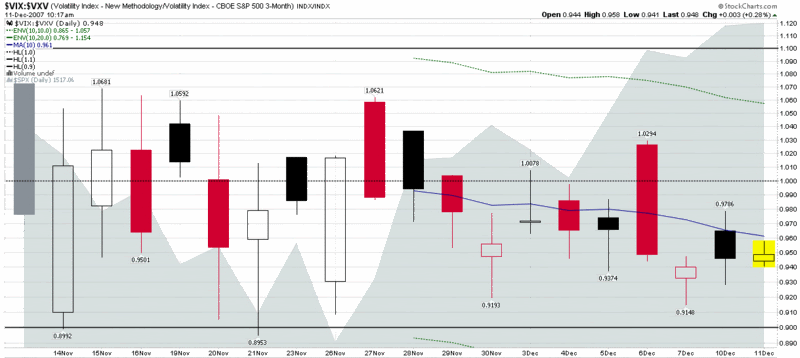
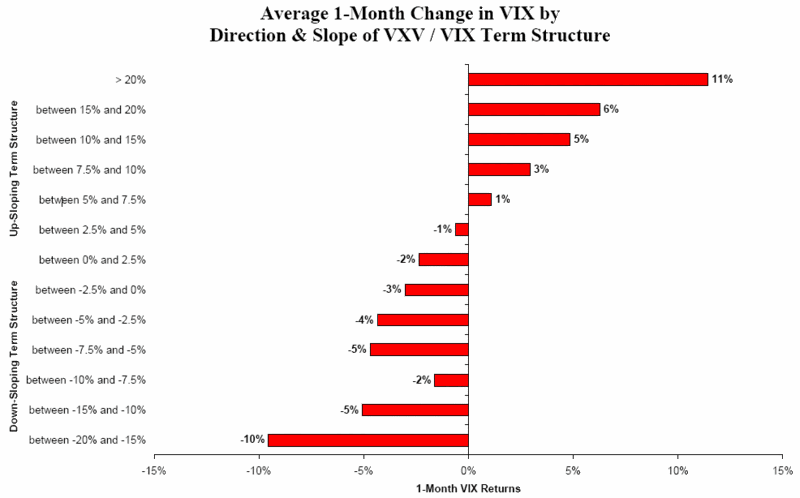
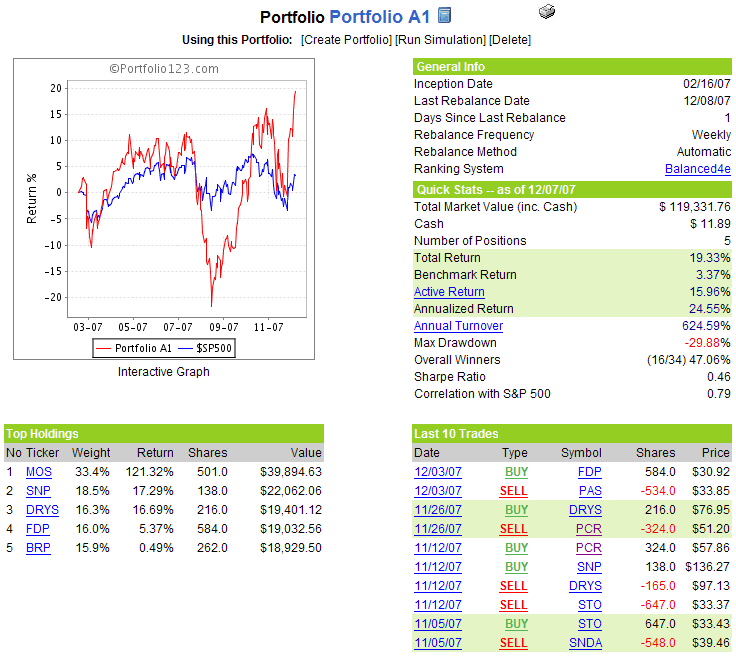

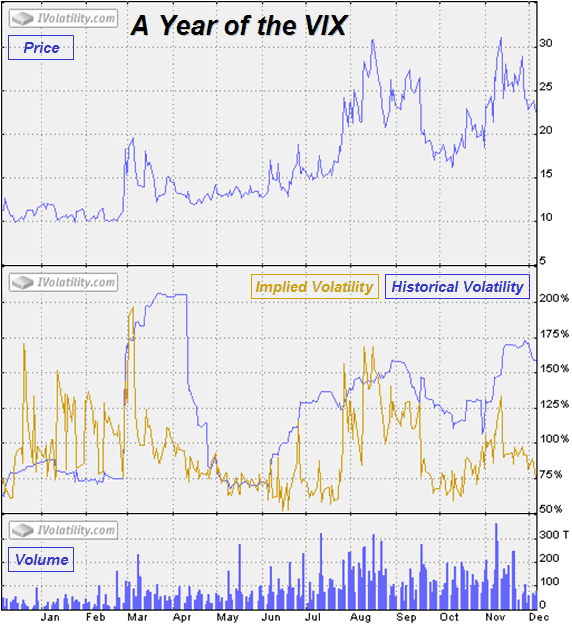
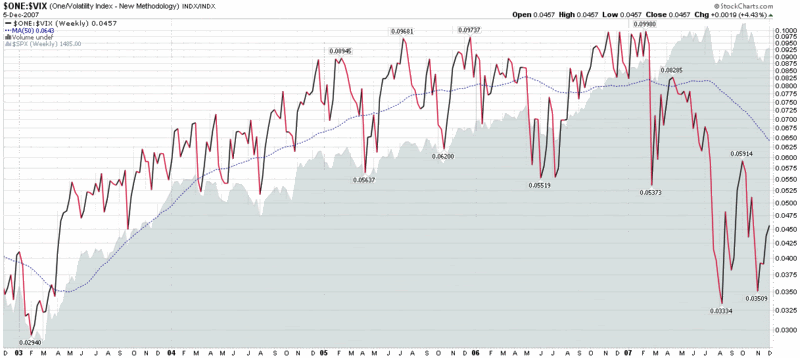
 Until further notice, I am going to consider this a sideways market instead of trying to guess whether the next big move will be up or down.
Until further notice, I am going to consider this a sideways market instead of trying to guess whether the next big move will be up or down. 
